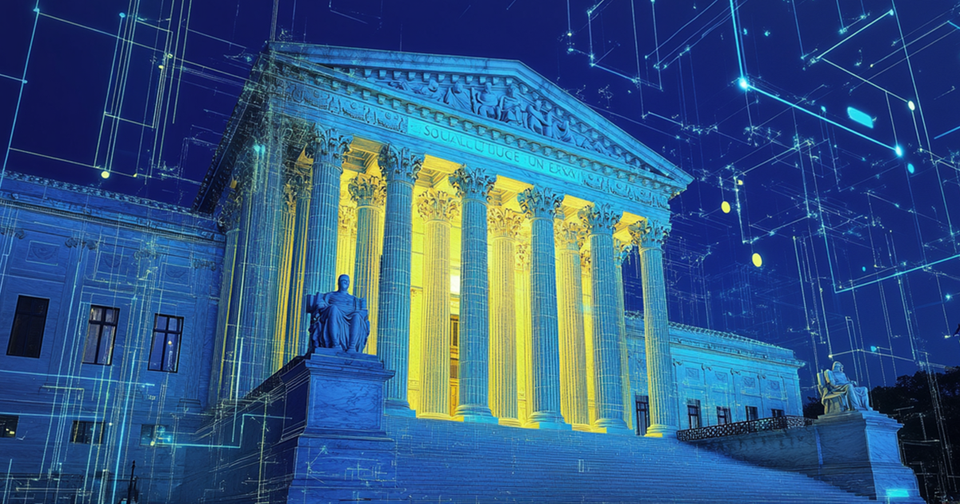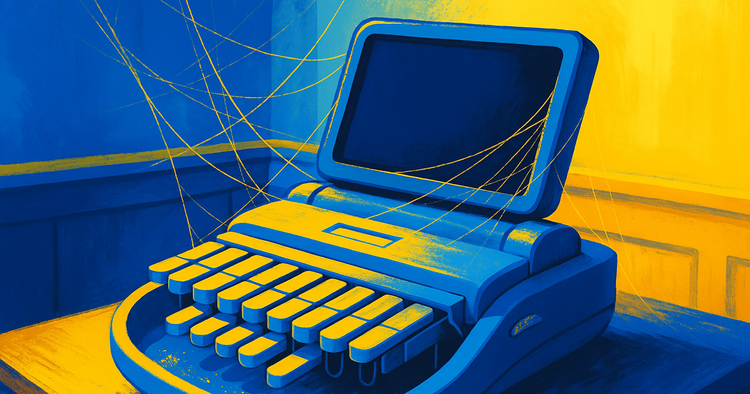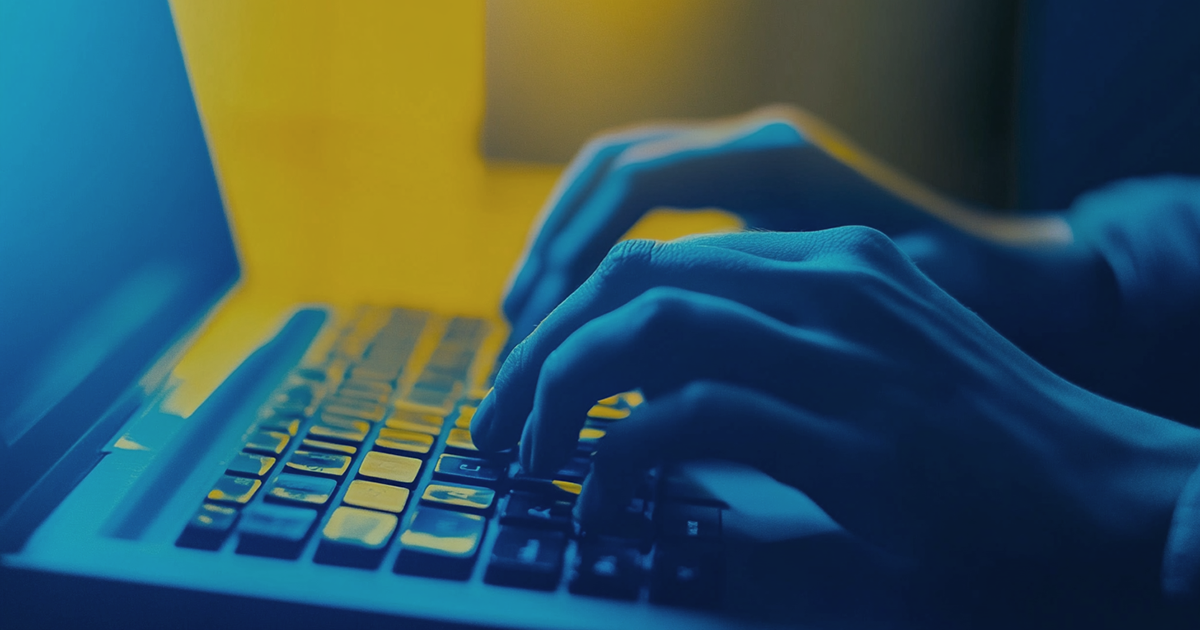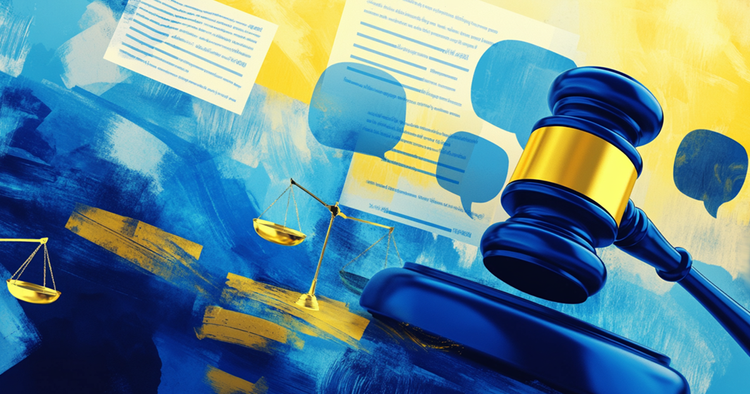How High-Profile Cases Paved the Way for Remote Court Reporting

Over the past few years, technology has dramatically changed how legal professionals approach their work. Not long ago, the idea of conducting depositions or court proceedings remotely seemed like a logistical nightmare. Then came the pandemic, forcing the legal industry to adapt overnight and turning remote proceedings from a temporary solution into a permanent fixture. What began as a temporary necessity has evolved into a powerful tool, offering efficiency, flexibility, and cost savings for legal teams.
Today, remote court reporting can be a strategic advantage. Technology has permanently changed how cases are managed, from streamlining multi-district litigation to handling high-profile disputes with global participants. Let’s look at some of the landmark cases that paved the way.
Early Pandemic Transformation
The pandemic forced the legal system to rethink how court proceedings could function remotely. Walker v. Triborough Bridge & Tunnel Authority became one of New York City’s first major cases to navigate this shift. This employee discrimination lawsuit, filed in the Southern District of New York, had to proceed virtually due to COVID-19 restrictions, setting a precedent for remote litigation.
Like many early remote proceedings, the case faced technical challenges, from ensuring stable internet connections to managing real-time objections over early-stage video conferencing platforms. According to a Bloomberg Law analysis of virtual depositions, attorneys nationwide struggled with similar issues during the pandemic, including difficulties with exhibits, witness coaching concerns, and the need for court reporters to clarify overlapping speech. However, as seen in Walker, these obstacles were not insurmountable. The case moved forward with clear procedural guidelines and improved technology, reinforcing the viability of remote court reporting for complex litigation.
Complex Multi-District Litigation
Coordinating a single lawsuit is challenging enough. Now multiply that by thousands of cases spread across multiple jurisdictions, each with its own attorneys, witnesses, and procedural rules. That’s the reality of multi-district litigation (MDL), where courts consolidate similar cases to streamline proceedings. Remote court reporting has become essential in these massive legal battles, helping legal teams manage depositions, expert testimony, and pretrial hearings without the logistical nightmares of in-person coordination across states.
Take the Opioid MDL, one of the largest and most complex in U.S. history. Thousands of lawsuits have been filed against pharmaceutical companies, distributors, and pharmacies, so the scale alone presented enormous challenges. Depositions involved witnesses from across the country, requiring seamless coordination between plaintiffs, defense teams, and court reporters. Virtual proceedings reduced travel costs and scheduling conflicts, making it easier to depose key figures efficiently.
The 3M Combat Arms Earplug litigation is another example of complex MDL. With over 257,000 claims from military service members, this MDL required extensive expert testimony on hearing loss, product defects, and medical evidence. Remote court reporting helped streamline the process, allowing experts to testify from their locations while maintaining the integrity of the proceedings.
In both cases, remote court reporting didn’t just make things more convenient—it fundamentally changed how large-scale litigation could be managed. By improving scheduling efficiency and ensuring that key witnesses could participate without unnecessary delays, virtual depositions have proven to be more than just a pandemic workaround. They’re a practical, scalable solution for the future of complex litigation.
Tech Industry Precedents
High-stakes litigation often involves managing an avalanche of evidence, expert testimony, and logistical hurdles. Nowhere was this more evident than in Epic Games v. Apple, a case that revealed the inner workings of the tech industry while testing courtroom technology.
This antitrust battle centered on Apple’s App Store policies and involved highly technical arguments about software ecosystems, digital marketplaces, and developer restrictions. Expert witnesses weren’t just lawyers and economists—they were engineers, cybersecurity specialists, and gaming industry veterans, many of whom were scattered across different time zones. Managing their testimony required precision, as did handling the mountain of digital exhibits that came with the case.
This case underscored a growing reality: as litigation becomes increasingly data-driven, managing technical testimony efficiently is just as important as the legal arguments themselves.
Lessons Learned from Major Cases
These cases have made one thing clear: remote court reporting is transformative. These cases exposed common hurdles like coordinating expert testimony across time zones, managing massive amounts of digital evidence, and reducing scheduling conflicts. Virtual depositions, real-time transcription, and remote exhibit management helped streamline proceedings, cutting costs and delays without sacrificing accuracy. The best practices emerging from these cases—seamless tech integration, strong security protocols, and adaptable workflows—set a new standard for litigation.
The legal industry has crossed a threshold—remote court reporting isn’t a temporary fix; it’s a lasting shift. Courts and firms that once viewed virtual proceedings as a necessity now see them as an advantage, driving efficiency and accessibility in ways traditional methods can’t match. As technology advances and adoption solidifies, remote solutions will become more refined, secure, and indispensable. The future of litigation is built for flexibility, precision, and progress.




